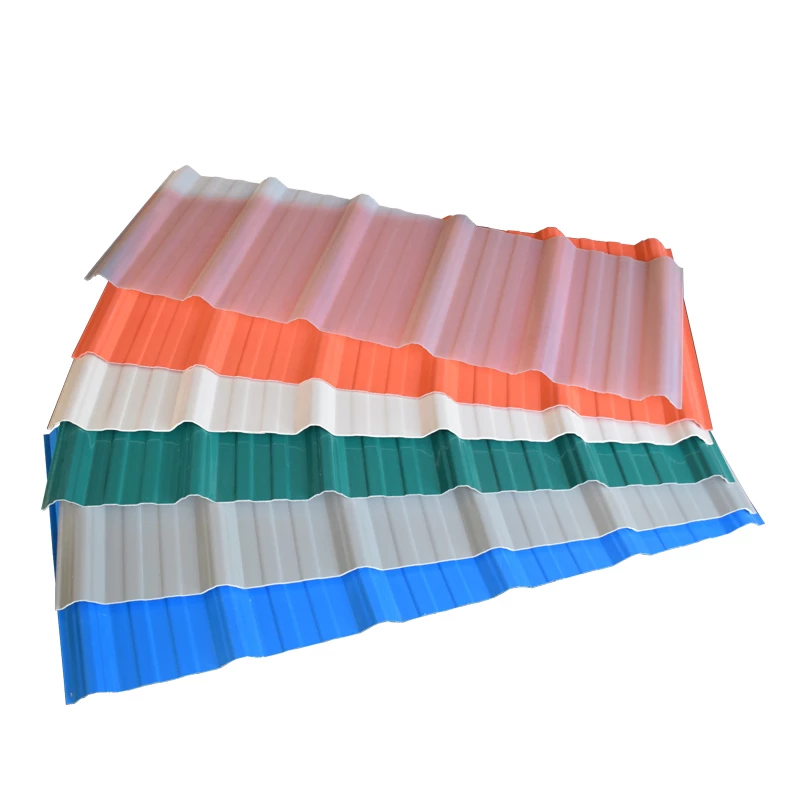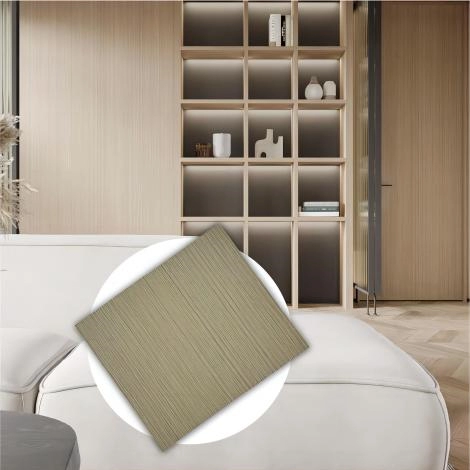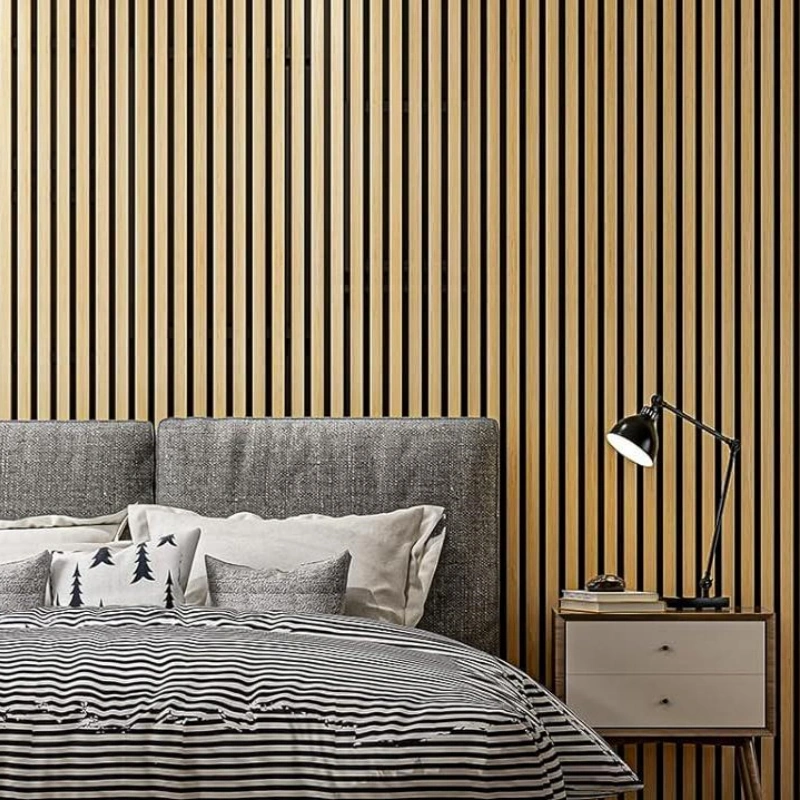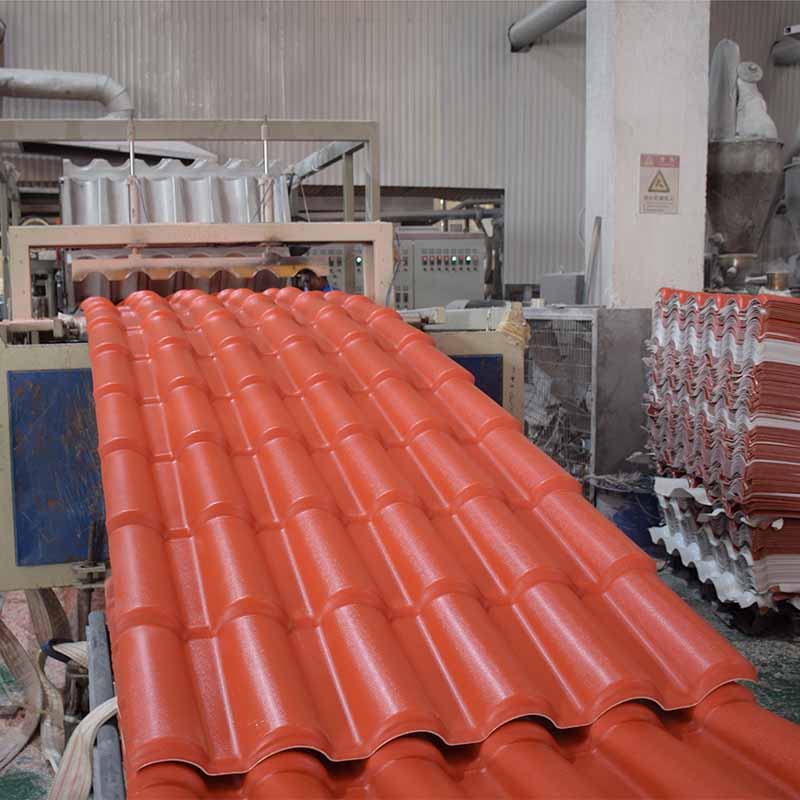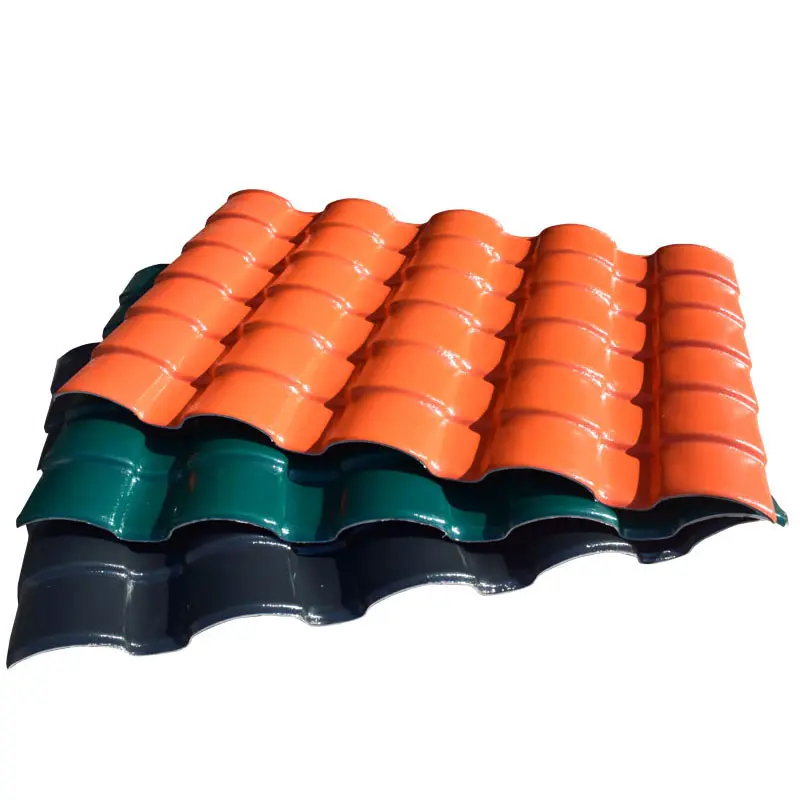Noise Reduction Roofing: How UPVC Roofing Sheets Solve Urban & Industrial Sound Problems
 Jul 26,2025
Jul 26,2025

 Shenyu
Shenyu
With the rapid development of urbanization and industrialization, noise pollution has become an increasingly prominent environmental challenge that cannot be ignored. Whether it's the constant traffic noise in cities or the roaring of machinery in factories, excessive noise negatively impacts productivity, hinders communication, and adversely affects overall health. In the search for modern, cost-effective, and sustainable building materials, UPVC roofing sheets are emerging as a smart solution—not only for their durability and weather resistance but also for their excellent sound insulation properties.
This article explores how UPVC roofing tile sheets play a crucial role in noise reduction, making them an ideal choice for urban construction and industrial infrastructure.
This article explores how UPVC roofing tile sheets play a crucial role in noise reduction, making them an ideal choice for urban construction and industrial infrastructure.
Understanding the Problem of Noise Pollution
Noise pollution is more than just a nuisance—it has serious consequences:
-Sleep disturbances
-Increased stress levels
-Hearing loss
-Reduced productivity
-Mental fatigue
In urban areas, noise pollution comes from traffic, construction, public events, and commercial activities. In industrial environments, machinery, equipment, and production processes generate significant noise. Addressing these noise sources at the structural level can create quieter and more efficient spaces.
-Sleep disturbances
-Increased stress levels
-Hearing loss
-Reduced productivity
-Mental fatigue
In urban areas, noise pollution comes from traffic, construction, public events, and commercial activities. In industrial environments, machinery, equipment, and production processes generate significant noise. Addressing these noise sources at the structural level can create quieter and more efficient spaces.
What Makes UPVC Roofing Tiles Different?
Unplasticized Polyvinyl Chloride (UPVC) roofing sheets are known for their high strength, durability, chemical resistance, and weather resistance. However, their dense and rigid molecular structure also makes them highly effective at noise reduction, absorbing and deflecting sound waves more efficiently than metal or fiberglass sheets.
Key Acoustic Properties of UPVC Sheets:
-Sound insulation – Significantly reduces external noise penetration.
-Vibration damping – Unlike metal sheets, UPVC does not amplify noise caused by wind or impact.
-Non-resonant material – Prevents echoes and reverberations, creating a quieter indoor environment.
-Vibration damping – Unlike metal sheets, UPVC does not amplify noise caused by wind or impact.
-Non-resonant material – Prevents echoes and reverberations, creating a quieter indoor environment.
How ASA PVC Roofing Sheets Reduce Noise
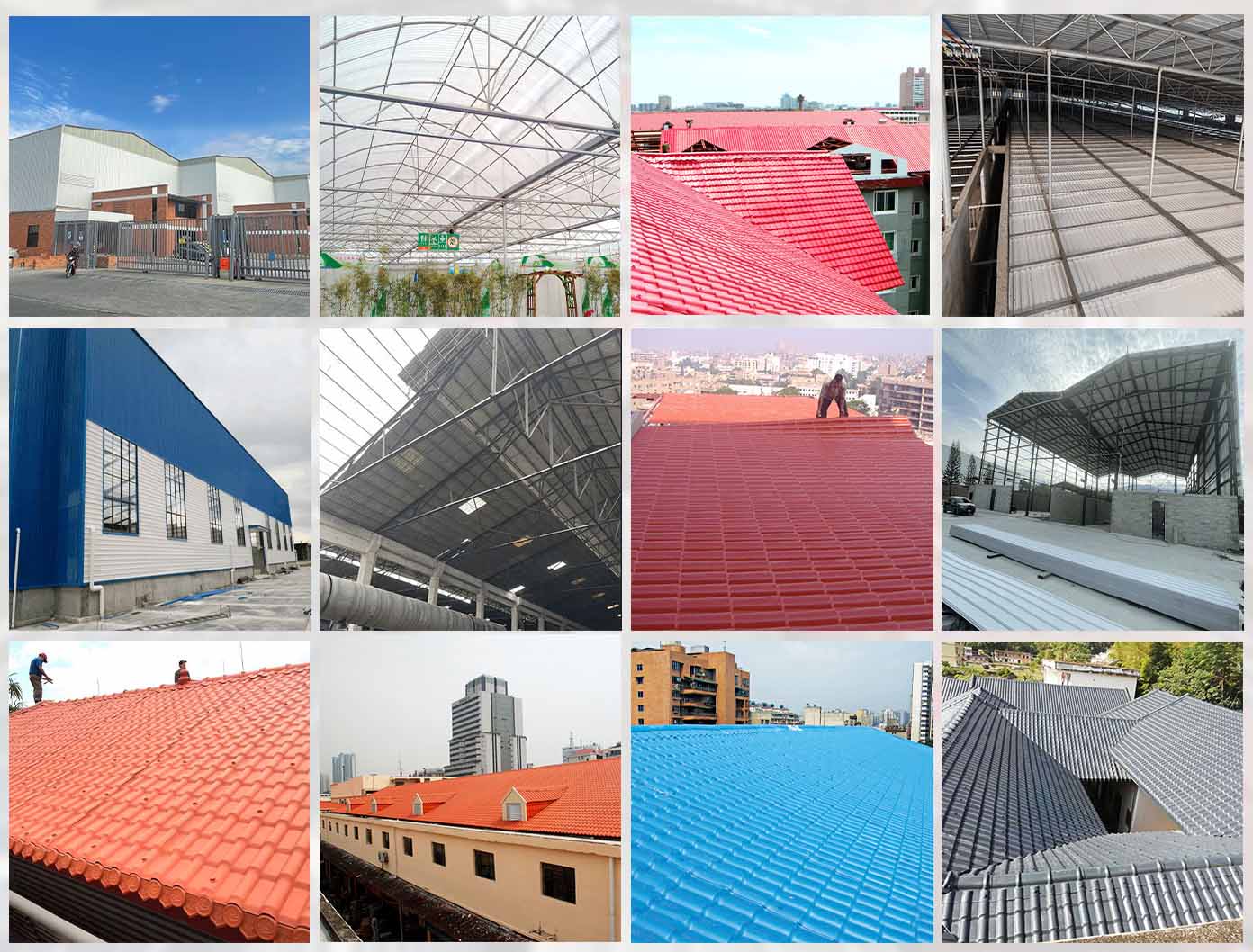
1. Minimizing External Noise Interference
Urban buildings are often exposed to traffic noise, sirens, construction sounds, and crowds. UPVC roofing acts as an effective barrier against airborne noise, reducing the transmission of external sounds into buildings. This is particularly important for:
-Hospitals and clinics
-Educational institutions
-Offices and coworking spaces
-Residential buildings near highways or airports
-Hospitals and clinics
-Educational institutions
-Offices and coworking spaces
-Residential buildings near highways or airports
2. Reducing Industrial Noise
In factories and warehouses, machinery noise can be extremely loud. Traditional roofing materials like metal tend to resonate, amplifying noise. In contrast, UPVC sheets absorb sound energy, preventing echoes and vibrations for better noise control. Industries that benefit include:
-Manufacturing plants
-Warehouses
-Cold storage facilities
-Automotive workshops
-Manufacturing plants
-Warehouses
-Cold storage facilities
-Automotive workshops
3. Improving Indoor Acoustics
For spaces like conference rooms, classrooms, and studios, controlling internal acoustics is crucial. UPVC roofing enhances speech clarity and reduces background noise, making communication easier and more efficient.
Real-World Applications for Noise-Sensitive Areas
-Educational Institutions
Schools and colleges in noisy neighborhoods often struggle with distractions during classes. UPVC roofing creates a quieter learning environment, helping students focus better.
-Urban Housing Projects
Developers in busy cities increasingly choose UPVC roofing for its noise reduction, thermal insulation, and aesthetic benefits, enhancing property value and resident satisfaction.
-Warehouses Near Residential Areas
Factories operating near neighborhoods must comply with noise regulations. UPVC roofing helps minimize noise pollution while maintaining operational efficiency.
-Hospitals and Clinics
A quiet environment is essential for patient recovery. UPVC roofing improves sound insulation in medical facilities, especially in waiting areas and corridors.
Schools and colleges in noisy neighborhoods often struggle with distractions during classes. UPVC roofing creates a quieter learning environment, helping students focus better.
-Urban Housing Projects
Developers in busy cities increasingly choose UPVC roofing for its noise reduction, thermal insulation, and aesthetic benefits, enhancing property value and resident satisfaction.
-Warehouses Near Residential Areas
Factories operating near neighborhoods must comply with noise regulations. UPVC roofing helps minimize noise pollution while maintaining operational efficiency.
-Hospitals and Clinics
A quiet environment is essential for patient recovery. UPVC roofing improves sound insulation in medical facilities, especially in waiting areas and corridors.
Comparison with Traditional Roofing Materials: UPVC Roofing Sheet vs Traditional Roofing
UPVC outperforms traditional materials in acoustic performance, safety, and durability.
| Feature | UPVC Roof Sheets | Metal Sheets | Asbestos/Fiber Sheets |
| Noise Absorption | Excellent | Poor (high resonance) | Moderate |
| Vibration Dampening | High | Low | Low |
| Weather Resistance | High | High | Moderate |
| Health/Safety Risk | None | None | High (asbestos-related) |
| Maintenance | Low | Moderate to high | High |
Installation & Design Tips for Better Acoustics
While UPVC sheets inherently reduce noise, proper installation enhances their effectiveness:
-Use multi-layer UPVC sheets for improved sound absorption.
-Seal gaps properly to prevent sound leakage.
-Add insulation materials (e.g., foam or acoustic liners) beneath the roof.
-Choose curved or sloped designs to deflect sound waves more effectively.
-Combine with wall cladding for full 360° noise control.
-Use multi-layer UPVC sheets for improved sound absorption.
-Seal gaps properly to prevent sound leakage.
-Add insulation materials (e.g., foam or acoustic liners) beneath the roof.
-Choose curved or sloped designs to deflect sound waves more effectively.
-Combine with wall cladding for full 360° noise control.
Additional Benefits Beyond Noise Reduction
-Thermal insulation – Reduces energy costs.
-Corrosion resistance – Ideal for coastal or industrial areas.
-UV resistance – Long-lasting performance under sunlight.
-Fire resistance – Many UPVC sheets are self-extinguishing (B1-rated).
-Low maintenance – Easy to clean, lasts 25+ years.
-Corrosion resistance – Ideal for coastal or industrial areas.
-UV resistance – Long-lasting performance under sunlight.
-Fire resistance – Many UPVC sheets are self-extinguishing (B1-rated).
-Low maintenance – Easy to clean, lasts 25+ years.
Final Thoughts
In today’s fast-paced world, the demand for quiet, efficient, and sustainable buildings is higher than ever. Whether you're constructing a commercial complex in a noisy city or setting up a manufacturing plant in an industrial zone, UPVC roofing panels provide a complete noise control solution while offering durability, energy efficiency, and low maintenance.
For architects, builders, and facility managers, UPVC roofing sheet is a future-proof investment that enhances both functionality and comfort.
For architects, builders, and facility managers, UPVC roofing sheet is a future-proof investment that enhances both functionality and comfort.
Frequently Asked Questions (FAQs) About UPVC Roofing for Noise Control
1. Where are UPVC roofing sheets most effective for noise reduction?
UPVC roofing excels in these critical environments:
- Urban Buildings
Apartments near busy roads
Office towers in commercial districts
Schools in high-traffic areas
- Industrial Facilities
Manufacturing plants with heavy machinery
Logistics warehouses near residential zones
Food processing plants requiring quiet operations
- Specialized Institutions
Hospitals & clinics (patient recovery zones)
Recording studios & theaters
Research laboratories
- Urban Buildings
Apartments near busy roads
Office towers in commercial districts
Schools in high-traffic areas
- Industrial Facilities
Manufacturing plants with heavy machinery
Logistics warehouses near residential zones
Food processing plants requiring quiet operations
- Specialized Institutions
Hospitals & clinics (patient recovery zones)
Recording studios & theaters
Research laboratories
2. How does UPVC roofing achieve superior noise reduction?
The science behind UPVC's acoustic performance:
-Molecular Density (1.38-1.55 g/cm³) absorbs sound energy
-Non-resonant Structure prevents vibration amplification
-Multi-layer Design (optional foam core) blocks airborne noise
Test data shows 8-12dB noise reduction compared to metal roofs during rain events.
-Molecular Density (1.38-1.55 g/cm³) absorbs sound energy
-Non-resonant Structure prevents vibration amplification
-Multi-layer Design (optional foam core) blocks airborne noise
Test data shows 8-12dB noise reduction compared to metal roofs during rain events.
3. Can UPVC roofing improve speech clarity indoors?
Yes, UPVC significantly enhances acoustic environments by:
-Reducing reverberation time by 40-60%
-Improving Speech Transmission Index (STI) by 0.2-0.3 points
-Blocking 70%+ of external traffic noise
-Reducing reverberation time by 40-60%
-Improving Speech Transmission Index (STI) by 0.2-0.3 points
-Blocking 70%+ of external traffic noise
4. What thickness provides optimal noise reduction?
We recommend:
-2.0-2.5mm for urban residential use
-2.5-3.0mm for industrial applications
-3.0mm+ with foam core for critical areas like hospitals
-2.0-2.5mm for urban residential use
-2.5-3.0mm for industrial applications
-3.0mm+ with foam core for critical areas like hospitals
5. Are UPVC roofing sheets fire-safe?
Our UPVC sheets are:
-Class B1 fire-rated (self-extinguishing)
-Compliant with EN 13501-1 standards
-100% asbestos-free
-Class B1 fire-rated (self-extinguishing)
-Compliant with EN 13501-1 standards
-100% asbestos-free
 +86 13924808361
+86 13924808361 sales01@syrooftile.com
sales01@syrooftile.com



 Home
Home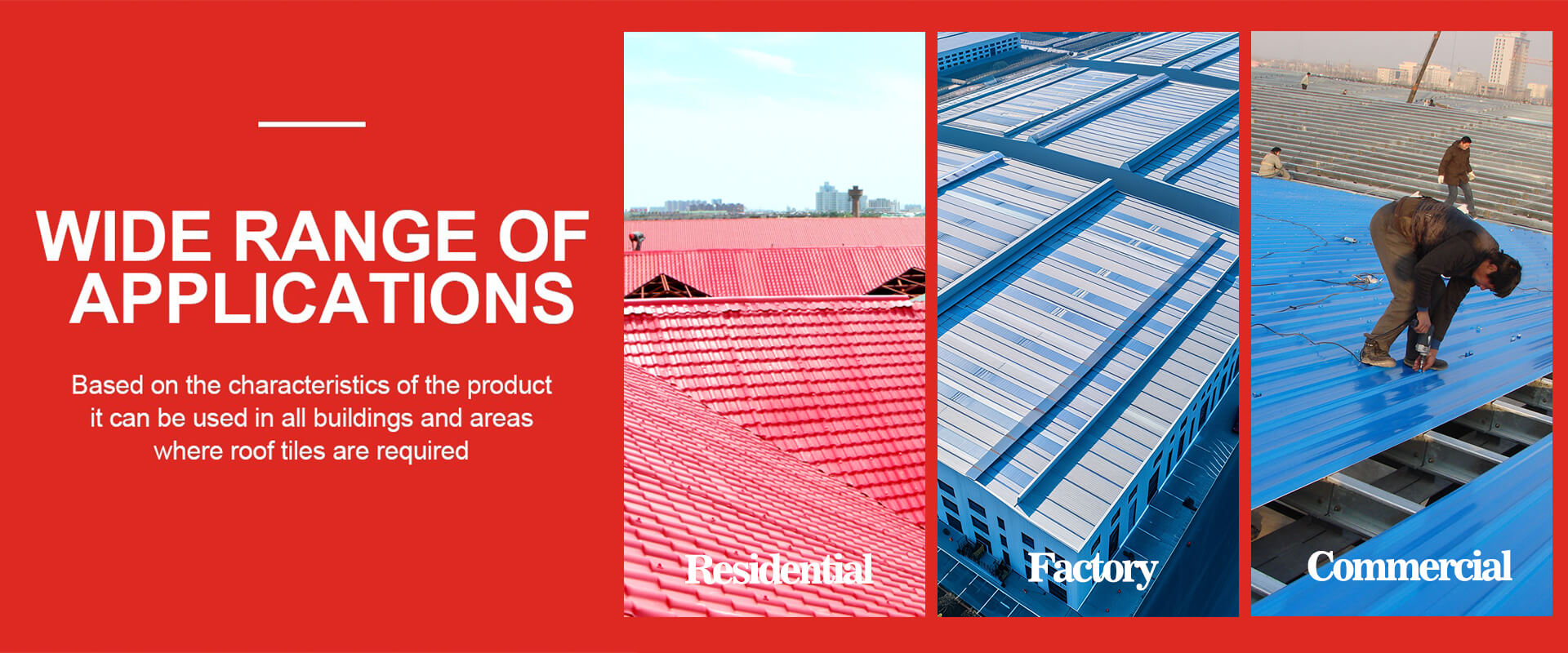
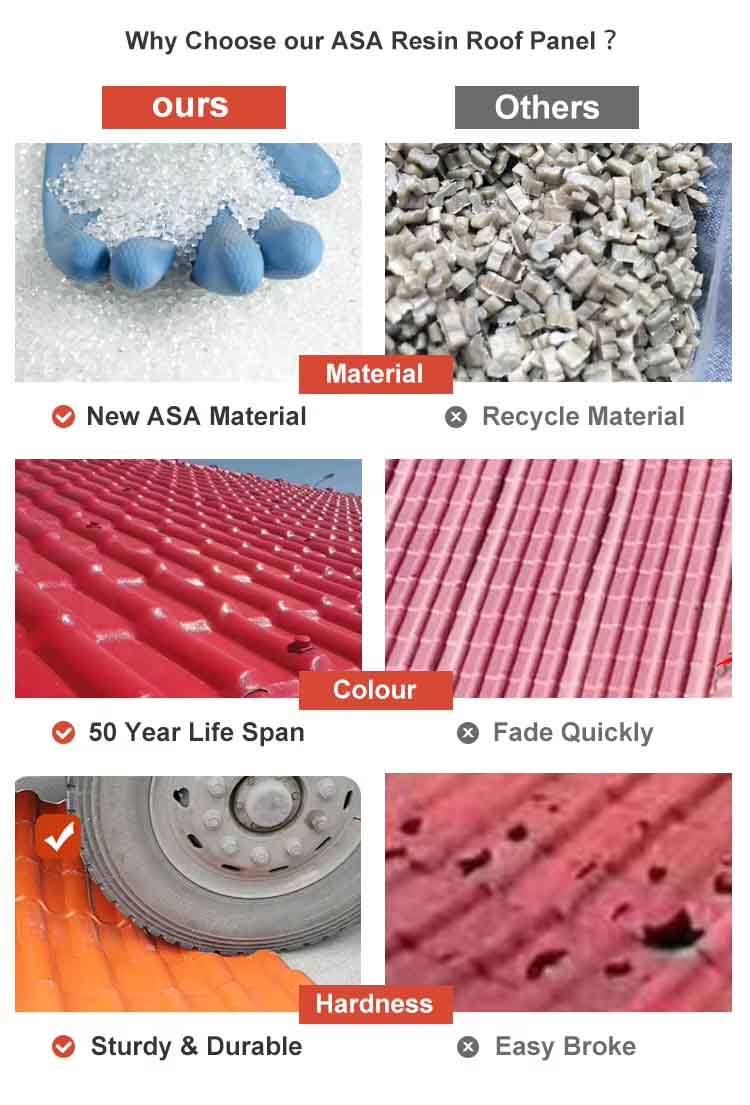
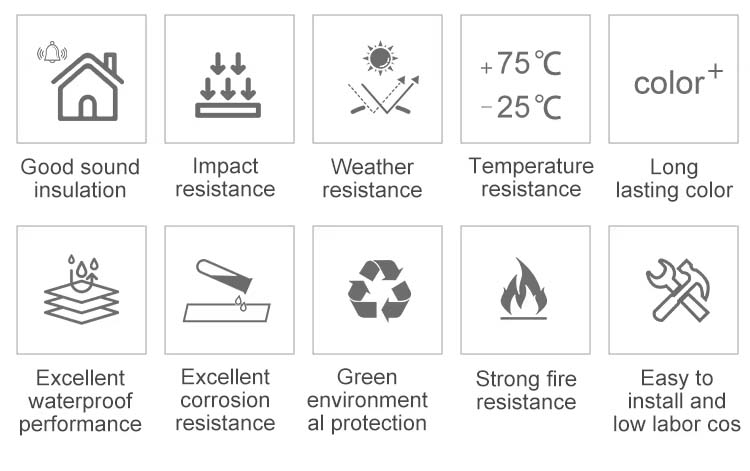
 ASA Synthetic Resin Roof Tile: Innovative Roofing Solution for Tropical Regions
ASA Synthetic Resin Roof Tile: Innovative Roofing Solution for Tropical Regions 


